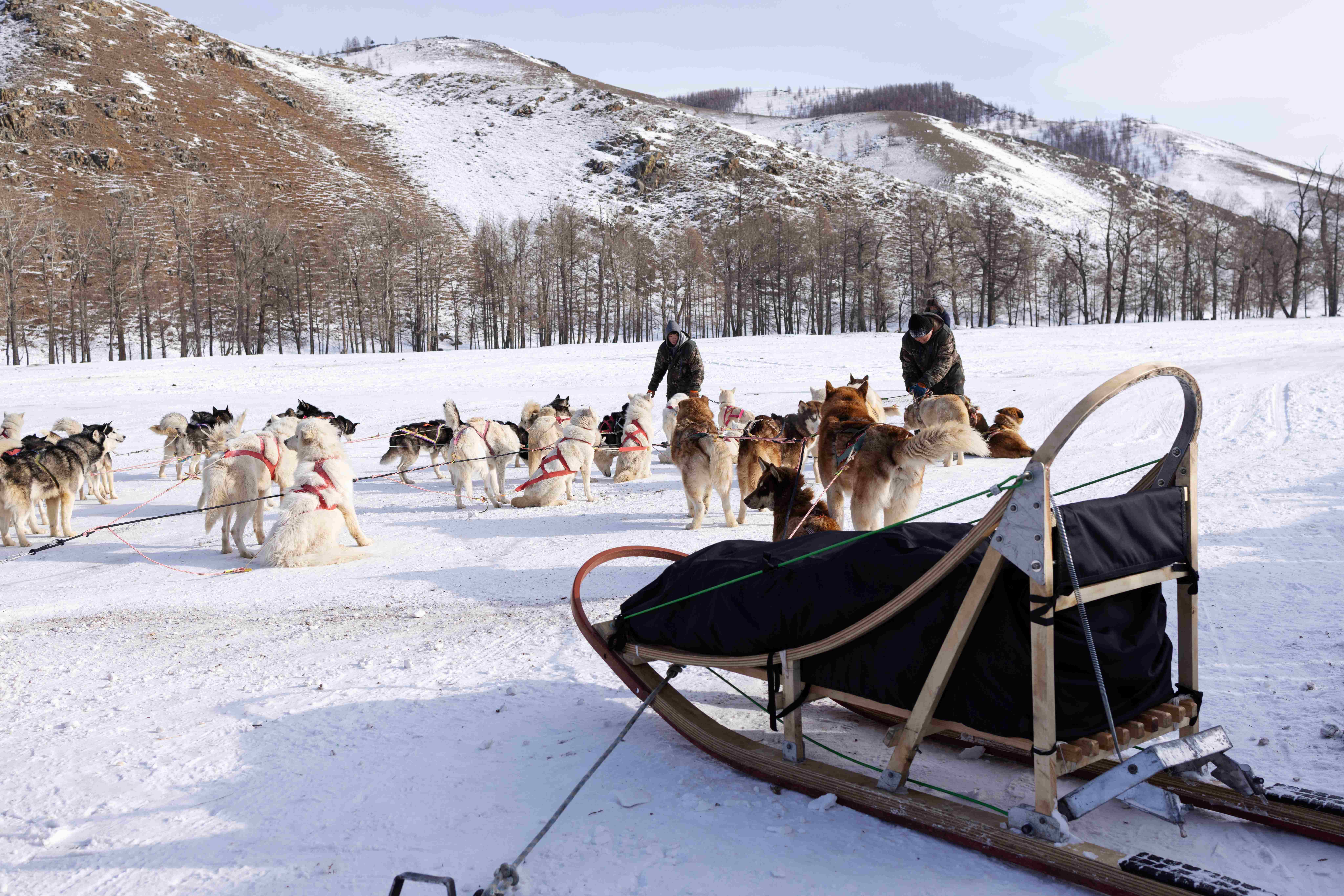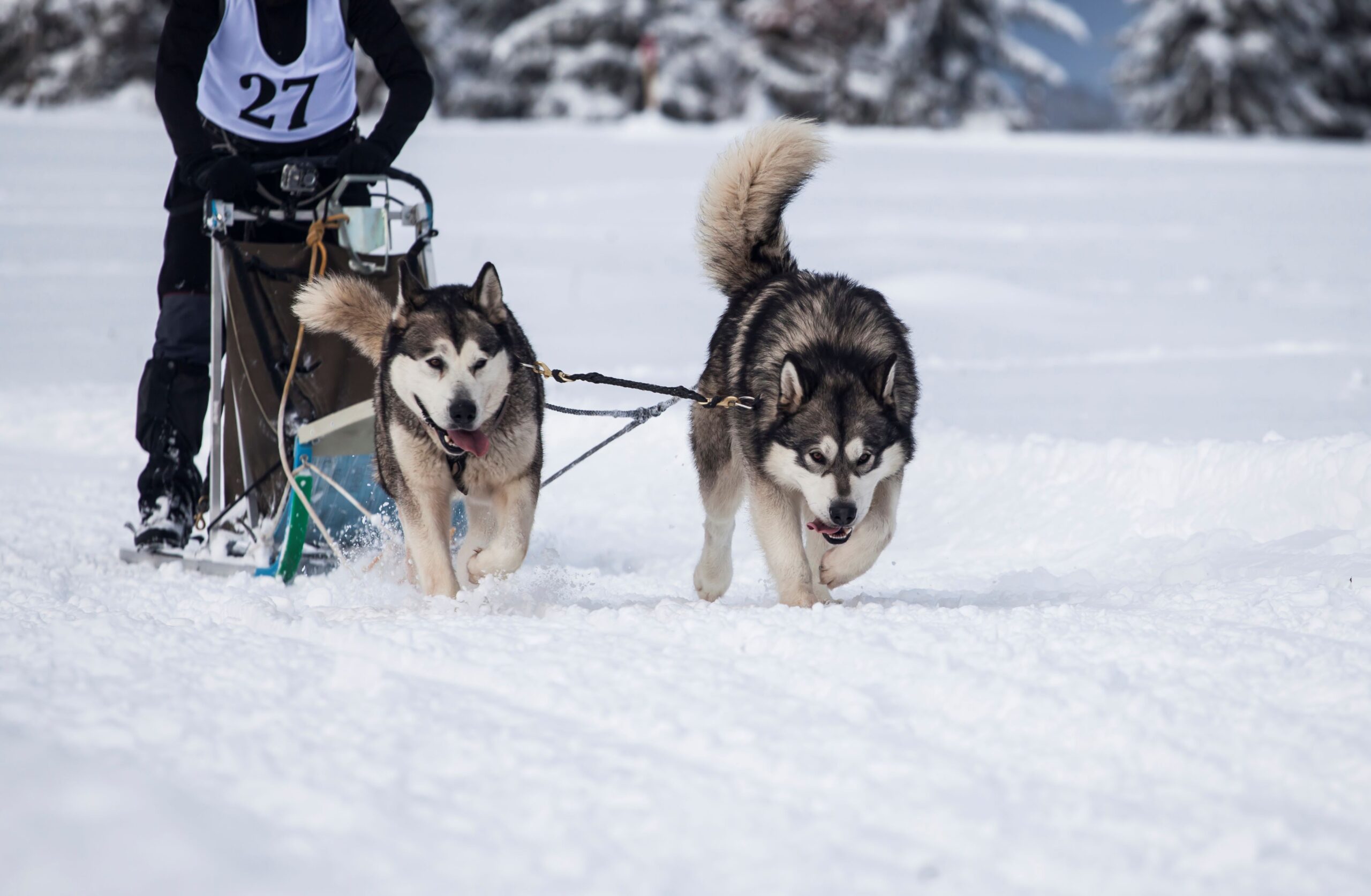In the quiet lull between ski season peaks and summer crowds, Winter Park has a strange kind of rhythm. There’s a hum to it — not noise, exactly, but motion. People shifting skis from the car roof. A dog barking once, then not again. The wind here doesn’t rush — it folds. And yet, in this apparent stillness, it becomes clear: the list of things to do in Winter Park Colorado isn’t short, and it never was.
The town itself sits at over 9,000 feet. That means your lungs may argue with you the first afternoon — but by the next day, most don’t mind. Maybe that’s part of the draw: altitude slows you down just enough to see what’s been here all along. Trails crisscrossing forests. Chairlifts dangling like punctuation. And yes, sometimes snow — even in May.
Year-Round Adventures in the Rockies
Winter Park is rarely idle. Even when the lifts aren’t spinning or the music hasn’t started yet, there’s always something that pulls you outdoors. In early spring, locals swap ski poles for fishing rods. By midsummer, mountain bikers outnumber hikers on certain trails — especially those with long downhill grades and just enough shade to cool the ride.
But it’s not just about adrenaline. There are moments in July when the scent of pine rises sharply after a brief rain, and families pause mid-picnic just to breathe. Or in October, when elk calls echo across the hills near dusk. These aren’t scheduled attractions, but they show up anyway — like locals who never fully left town.
This cycle — from deep snowpack to dusty trail — is what gives Winter Park its energy. And that energy doesn’t stay confined to weekends. Even on Tuesdays, you might see a couple starting a hike with hot coffee still in hand, their boots barely tied. There’s no need to rush. Here, the pace belongs to the place.
Parks, Forests, and Local Trails
Much of Winter Park’s personality is carved into its trail system. Not just the obvious ones near the resort, but the quieter routes — those with less signage and more personality. Near Vasquez Ridge, for example, the tree cover breaks in odd patterns. You can stand in one of those clearings mid-morning and watch cloud shadows move across the far slope. It’s hypnotic.
Some trails favor solitude. Others — like those connecting to Fraser or looping around Rendezvous — attract dog-walkers and afterschool wanderers. You’ll notice backpacks with school logos, teenagers skipping stones, couples who clearly expected to walk only ten minutes and stayed an hour. Trail time here isn’t measured — it drifts.
By late September, leaves start layering the ground in soft gold. Shoes crunch. The air shifts — not colder, just closer. And in these shoulder seasons, even locals seem surprised by how much space there is, how quiet the wind can get before the snow returns.
Events, Family Activities, and Culture
Winter Park doesn’t market itself as a culture hub — but that doesn’t mean nothing’s happening. In fact, it’s often the in-between moments that stand out. A bluegrass trio playing near a firepit. A spontaneous kids’ race down the village walkway, jackets flapping like capes. If you’re lucky, you might catch the Winter Park Express train unloading — wide-eyed passengers stepping off as if emerging from a dream.
The town’s event calendar fills quickly. Jazz festivals in summer. Torchlight parades in winter. Community art installations in odd corners — like the ceramic tiles near the parking garage, half-buried in snow, then revealed again come April.
Families often find a groove here: mornings with cocoa, midday gondolas, afternoons split between tubing and waiting for moose sightings. The moments stretch — not because of boredom, but because no one’s watching the clock. Except maybe at 3 p.m., when the light starts changing and shadows stretch a little longer than expected.
Why Dog Sled Rides Are a Seasonal Highlight
It’s only one part of Winter Park’s winter scene — and still, dog sled rides stand out. Maybe it’s the sound: the sudden silence that follows a barked command, then the soft rush of sled runners over packed snow. Or maybe it’s the image — dogs moving as one, snow lifting in arcs behind them, a passenger leaning slightly into the curve.
Available in peak winter months, these rides offer something different from the usual alpine routine. You’re not driving. You’re not walking. You’re pulled — quite literally — into another rhythm. The rides follow forested paths outside the main resort areas, often catching late morning light that filters through frost-dusted branches. Cold, yes. But not harsh.
One rider last season described it as “floating, but with heartbeats.” That feels close. It’s an experience both physical and quiet — the kind that lingers after the gear is packed away.
